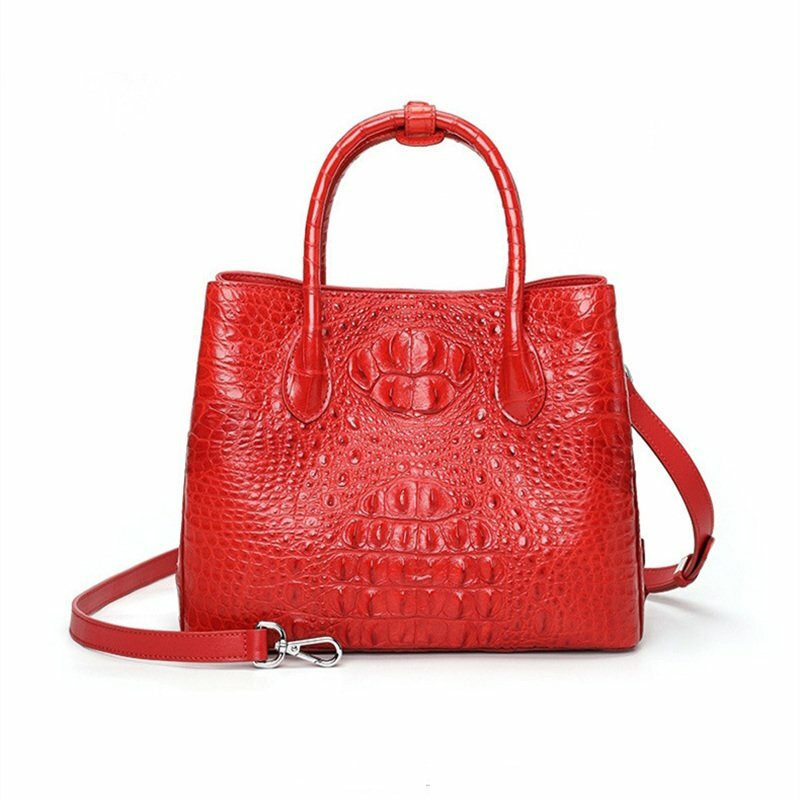Uncategorized
Best Tips on How to Choose the Right Handbag
Welcome to my blog where I share my passion for fashion and style. Today, I want to talk about one of my favorite accessories: handbags! Handbags are not only practical, but also beautiful and can make or break your outfit. So how do you choose the right handbag for your needs and preferences? Here are some of my best tips on how to choose the right handbag in 2023.
- Consider your body type and size. The size and shape of your handbag should be proportional to your body type and size. If you are petite, avoid oversized bags that can overwhelm your frame. Instead, opt for small to medium-sized bags that flatter your figure. If you are tall and broad, you can carry larger bags that balance your proportions. Try to avoid very small bags that can look out of place on you.
- Choose a versatile color and material. A handbag is an investment piece that you want to use for a long time, so choose a color and material that can go with most of your outfits and occasions. Neutral colors like black, brown, gray, white, and beige are classic and timeless choices that can match any color palette. Metallics, skins, and shades of white are also versatile options that can add some interest and texture to your look. Leather is the most durable and attractive material for handbags, so look for genuine leather bags that can last for years.
- Pick a style that suits your personality and lifestyle. A handbag should reflect your personal style and fit your daily needs. There are many styles of handbags to choose from, such as satchels, totes, clutches, crossbody bags, bucket bags, etc. Think about what you usually carry in your bag and how you like to wear it. Do you need a lot of space and pockets for your essentials? Do you prefer a hands-free option or a top handle? Do you want a structured or a slouchy bag? Do you like a simple or a statement bag? Choose a style that works for you and makes you happy.
- Have fun with trends and details. While it’s important to have some basic and versatile handbags in your collection, it’s also fun to experiment with trends and details that can spice up your look. For example, you can try a bright-colored bag to add some pop to a toned-down outfit. You can also look for bags with studs, hardware, embroidery, fringe, or other embellishments that can give your look some edge and personality. Just make sure the trends and details are not too overwhelming or distracting from your overall style.
I hope these tips help you choose the right handbag for yourself or as a gift for someone else. Handbags are more than just accessories; they are expressions of who we are and what we love. So go ahead and treat yourself to a new handbag that makes you feel fabulous!

